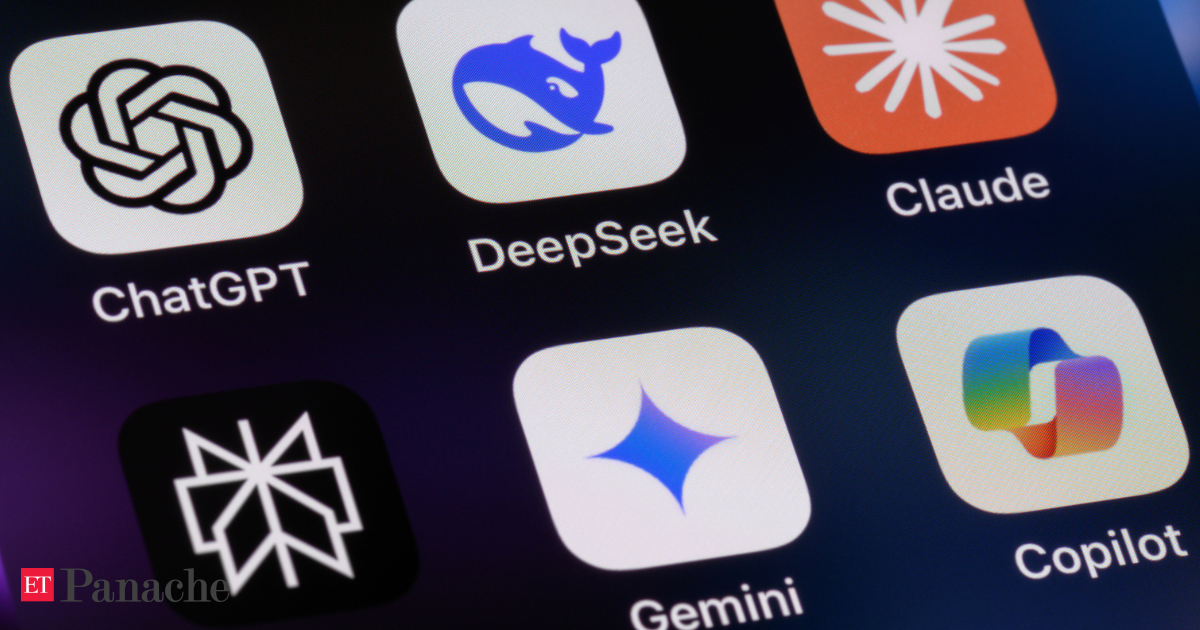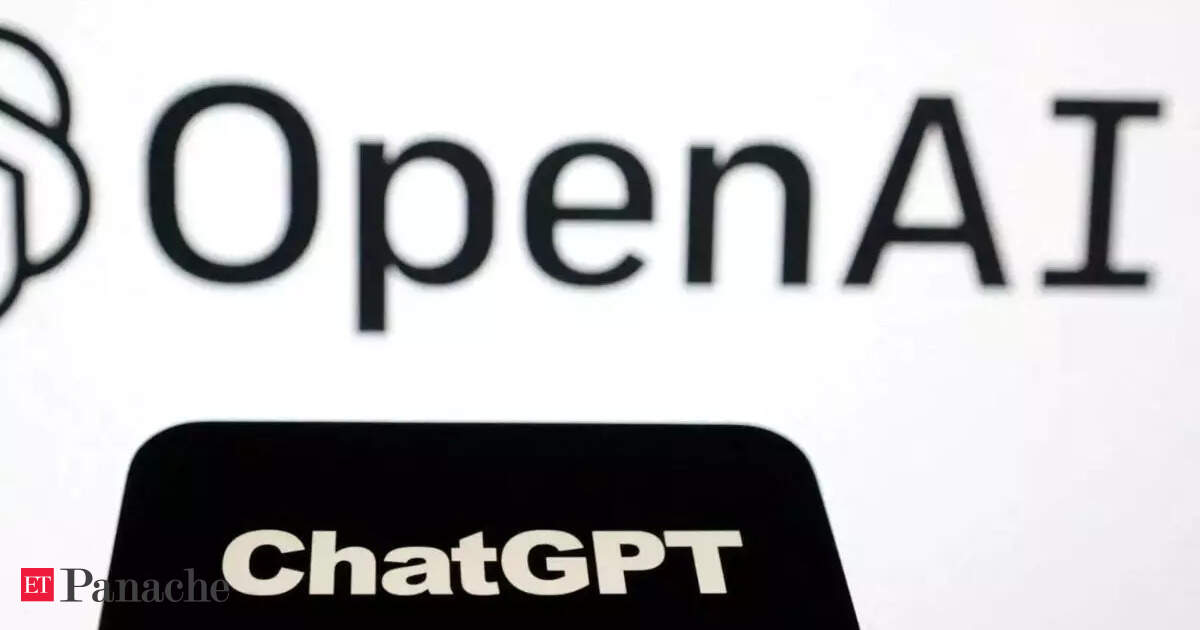When Hype Becomes Hazard
Blumofe, who also holds a PhD in computer science from MIT, described a familiar trap that many organizations are falling into. “That’s the chain: AI success, theater, FOMO, and some form of failure,” he said during his talk. Businesses, in their rush to appear cutting-edge, mistake early-stage use cases for scalable solutions—plunging into costly and ineffective AI deployments.
And this problem isn’t niche. According to a Pew Research study cited in his address, only 1 in 6 U.S. workers currently use AI at work, revealing a stark gap between AI’s perceived and practical utility. “Most jobs at this point can benefit from AI,” said Blumofe. “It’s a matter of which tasks can most benefit, and how, using which form of AI.”
More Than Just LLMs
Blumofe urged companies to look beyond the fascination with large language models. While LLMs like ChatGPT have demonstrated remarkable versatility—from email classification to customer support—they’re not the silver bullet for every enterprise challenge.
“In many ways, an LLM is a ridiculously expensive way to solve certain problems,” he noted, pointing to Akamai’s use of purpose-built models in cybersecurity threat detection. Models like these, he argued, offer more efficiency and relevance than a trillion-parameter generalist.
His advice? Think smaller and sharper. LLMs are just one tool in a vast AI toolkit. Symbolic AI, deep learning, and ensemble models can be better suited for tasks that require precision, logic, and domain specificity.
Let Curiosity Lead, Not Cost
Akamai’s approach to fostering AI adoption is democratic: let employees experiment. The company built an internal AI sandbox, giving teams the freedom to play, build, and discover practical applications on their own terms. While the setup may test IT infrastructure limits, Blumofe insists the freedom sparks innovation. “I feel no need to evaluate each use case,” he said. And when asked about companies that require hiring managers to prove AI can’t do a job before hiring a human, Blumofe didn’t mince words: “That’s getting the tail before the dog.” The question shouldn’t be, “Why not AI?” but “What’s the right tool for the problem at hand?”
Why This Matters Now
Blumofe’s caution comes at a pivotal moment in AI’s evolution. As VentureBeat recently reported, major players like OpenAI, DeepMind, and Meta are collaborating to raise alarms about AI systems potentially becoming too smart—and too opaque. A recent paper on “Chain of Thought Monitorability”, endorsed by AI luminaries like Geoffrey Hinton, warns that if LLMs start thinking in ways we can’t interpret, we risk losing control.
That’s why responsible leadership matters now more than ever. The real AI revolution won’t be won by the company with the flashiest chatbot—but by the one that knows exactly when, why, and how to use it.




